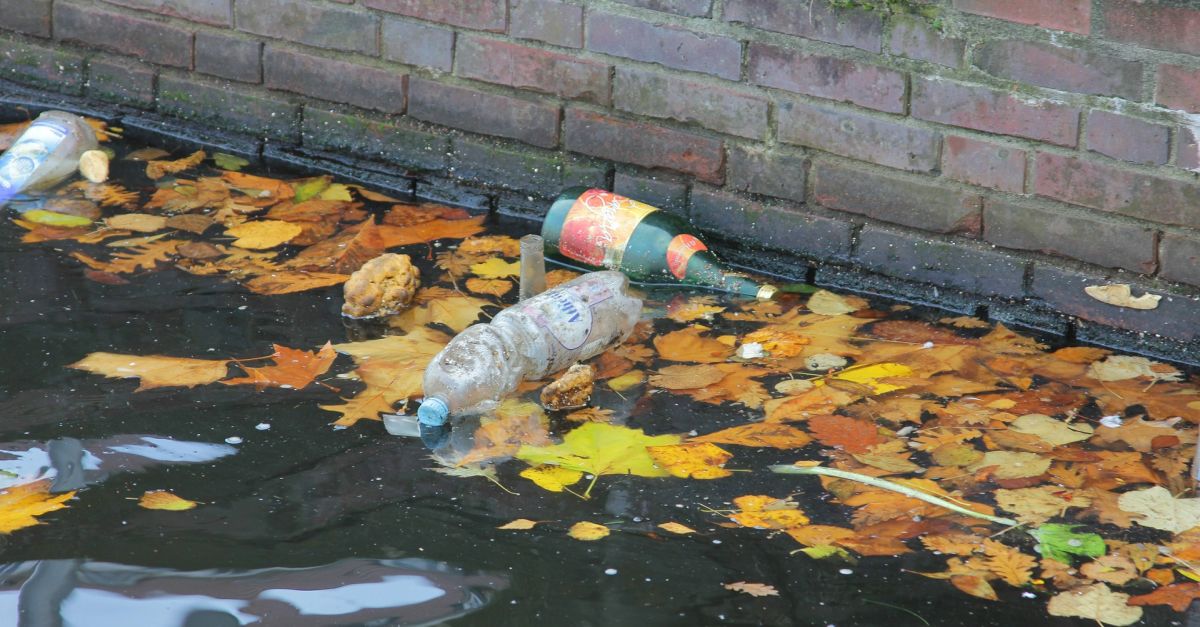
Who pays?
Bruno Tisserand recently wrote for The European Files on why we should have EPR
European water service providers ensure that our water is safe to be consumed or returned to the environment. In reality, this means that drinking water providers may carry out costly additional treatments to ensure that the water we drink is free from potentially harmful contaminants that can infiltrate our water supply from sources such as agriculture and industry, and even through domestic use.
Annually, European water operators spend millions of Euros on removing various contaminants from our water supply that shouldn’t be there in the first place. These pollutants can enter the water cycle through many means, and once there, can pose a risk to human and environmental health. The cost of removing them is passed on to the consumer when it should be the polluters who pay.
And it’s not just the water operators who believe this; the EU has already established this in its underlying treaties.
So why are polluters allowed to get away with this? The answer is simple: the EU and its Member States do not implement the legislation that is there to protect consumers.
The fundamental treaties of the EU lay down the Polluter Pays, Control at Source and the Precautionary Principles. If these were implemented we would be well on the way to preventing contaminants from entering the water cycle.
The ‘Polluter Pays’ Principle is the practice that those who pollute should bear the costs of preventing damage to human health or the environment.
Source control is the idea that contaminants should be prevented from entering the water system at all.
Under the Precautionary Principle, actions where it is uncertain whether the outcome is unknown or may cause harm, or if the scientific knowledge is lacking, then policy makers should err on the side of caution and protect the public from exposure to possible harm.
This is why we need adequate control at source practices that prevent water from being contaminated. Producers must assume responsibility for the products they design and place on the market. Fewer harmful substances released to the environment will also reduce the overall exposure of the population to chemicals and will be a strong driver for product innovation.
The Polluter Pays, Control at Source and Precautionary Principles constitute the underlying philosophy behind the Water Framework Directive (WFD) and European chemical legislation such as REACH, the Plant Protection Products Regulation, and the Biocides Regulation.
The water that drinking water operators extract should be clean and safe enough to be consumed with a minimum of intervention from water operators. The same goes for waste water operators; they should only have to remove pee, poo and paper and give it a minimum of treatment before returning it safely to the environment. Other substances should be prevented from entering the water system in the first place. If further action is necessary to clean water it is clear: the polluter should pay for additional cleaning, and not the consumer.
But these principles are haphazardly applied in EU law. The EU urgently needs to adopt a strategic approach to pollutants, taking their full life cycle into consideration. Legislation like the Single Use Plastics Directive shows that control at source and polluter pays can be regulated for.
The control at source approach is key to delivering the circular economy and a better quality of the residual products we can recover from the treatment of waste water. An effective source control approach makes the reuse of water from waste water and nutrients, like nitrogen and phosphorus from sewage sludge, possible. In fact, sewage sludge and waste water are valuable in that they can be reused and recycled if they fulfil appropriate quality criteria. We can see that the EU needs to better coordinate its own regulations to achieve this.
We want the European institutions to:
~ adopt a strategic approach to micropollutants, including microplastics, pesticides and pharmaceuticals, based on the source control principle, through labelling and product design.
~ consider the life-cycle approach to substances when legislating including regarding the authorisation process for pesticides and medicinal products.
~ use the REACH authorisation process more frequently, identifying additional substances of concern and using the authorisation and restriction processes in a strict way.
~ make the producer pay for damage to the environment or any measures taken down the supply chain to avoid the release of pollutants into the environment
~ use eco-design and ecolabel criteria more extensively to reduce harmful components from later leaching into the environment, and
~ raise awareness amongst citizens and encourage them to make more environmentally-conscious decisions.
We work with the European Commission to protect consumers. Fewer harmful substances in our water cycle and the environment benefits everyone. We can make this happen by effectively using existing legislation. The EU needs to act. The legal basis needed to protect human and environmental health is largely there, although the three basic environmental principles may have to be made more explicit. Each revision of relevant EU legislation should be used to ensure that regulations and directives make our legislation more effective.
You can download the full magazine at:
- Created on .